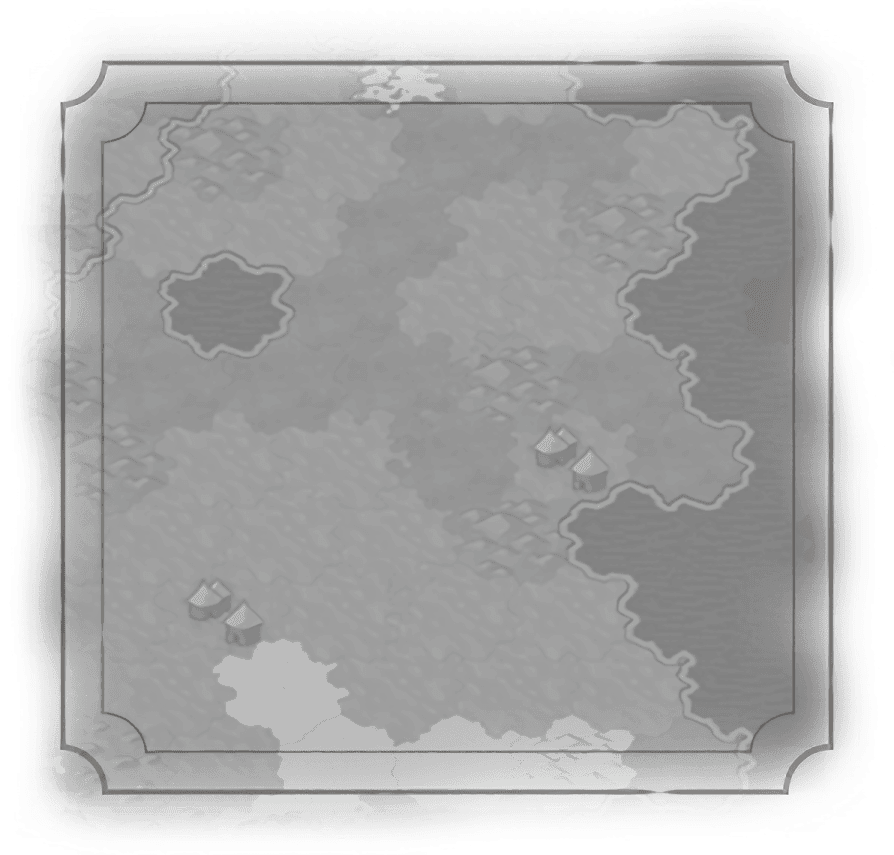Comandante General
Great Admiral
Artemisia
Chester Nimitz
Ching Shih
Clancy Fernando
Francis Drake
Franz von Hipper
Gaius Duilius
Grace Hopper
Hanno the Navigator
Himerios
Horatio Nelson
Joaquim Marques Lisboa
Laskarina Bouboulina
Leif Erikson
Matthew Perry
Rajendra Chola
Santa Cruz
Sergei Gorshkov
Themistocles
Togo Heihachiro
Yi Sun-sin
Zheng He
Great Artist
Great Engineer
Great General
Great Merchant
Great Musician
Great Prophet
Great Scientist
Great Writer


In four brilliant operations over the course of that year, Yi Sun-Sin’s forces – spearheaded by turtle ships – won fifteen battles and sank hundreds of the flimsy Japanese ships. In recognition, Yi was given command of the combined naval forces of three southern provinces – Jeolla, Gyeongsang and Chungcheong. But following peace negotiations, he was again accused of disloyalty and thus demoted to the rank of common sailor. But when the Japanese launched a second invasion and quickly destroyed most of the Korean fleet, he was promptly restored to his command.
Things looked dire for Korea as the Japanese landed, supported by a massive combined fleet of some 300 ships (at least 133 of these warships). Yi managed to gather 13 Korean ships – a mix of panokseon and kobukson – and maneuvered such as to lead the overconfident Japanese into a narrow strait. In the ensuing battle of Myeongnyang in October 1597, the Japanese lost 31 ships (and the commanding Japanese admiral was killed aboard his flagship) while Yi suffered only 13 casualties. But a year later, in December 1598 after Yi Sun-Sin had defeated yet another massive Japanese fleet, he was killed by a bullet during the pursuit.
Retire (1 charge)
Instantly creates an Ironclad unit with 1 promotion level.
Passive Effect
+5  Combat Strength and +1
Combat Strength and +1  Movement to Renaissance and Industrial era naval units within 2 tiles.
Movement to Renaissance and Industrial era naval units within 2 tiles.

Traits

In four brilliant operations over the course of that year, Yi Sun-Sin’s forces – spearheaded by turtle ships – won fifteen battles and sank hundreds of the flimsy Japanese ships. In recognition, Yi was given command of the combined naval forces of three southern provinces – Jeolla, Gyeongsang and Chungcheong. But following peace negotiations, he was again accused of disloyalty and thus demoted to the rank of common sailor. But when the Japanese launched a second invasion and quickly destroyed most of the Korean fleet, he was promptly restored to his command.
Things looked dire for Korea as the Japanese landed, supported by a massive combined fleet of some 300 ships (at least 133 of these warships). Yi managed to gather 13 Korean ships – a mix of panokseon and kobukson – and maneuvered such as to lead the overconfident Japanese into a narrow strait. In the ensuing battle of Myeongnyang in October 1597, the Japanese lost 31 ships (and the commanding Japanese admiral was killed aboard his flagship) while Yi suffered only 13 casualties. But a year later, in December 1598 after Yi Sun-Sin had defeated yet another massive Japanese fleet, he was killed by a bullet during the pursuit.
Traits
Retire (1 charge)
Instantly creates an Ironclad unit with 1 promotion level.
Passive Effect
+5  Combat Strength and +1
Combat Strength and +1  Movement to Renaissance and Industrial era naval units within 2 tiles.
Movement to Renaissance and Industrial era naval units within 2 tiles.



